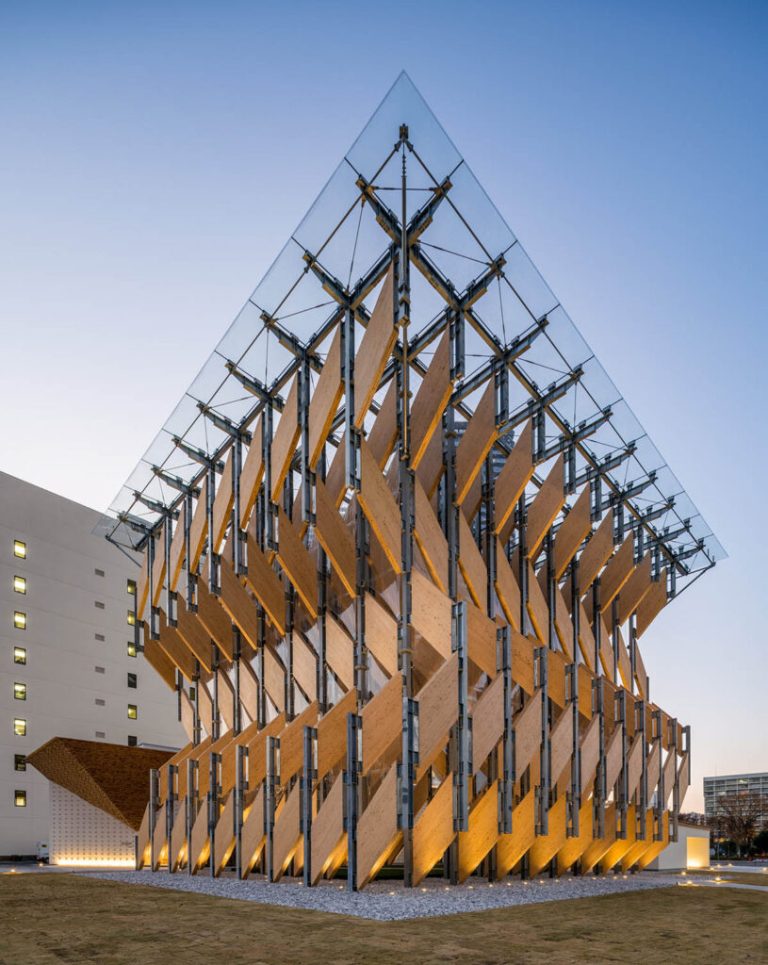The Impact of Innovative Materials and Construction Techniques on Architecture and Construction

In recent years, the architecture and construction industry has witnessed a paradigm shift with the emergence of innovative materials and construction techniques. These advancements have not only revolutionized the way buildings are designed and constructed but have also significantly impacted the environmental sustainability, energy efficiency, and aesthetics of modern structures.
One of the most significant advancements in construction materials is the development of sustainable and eco-friendly alternatives to traditional building materials. For instance, the use of engineered wood products such as cross-laminated timber (CLT) and laminated veneer lumber (LVL) has gained traction in the construction industry due to their versatility, strength, and environmental benefits. These materials offer a more sustainable alternative to concrete and steel, contributing to reduced carbon emissions and improved energy efficiency in buildings.

Moreover, the integration of smart materials and technologies has catalyzed innovation in construction techniques, enabling the creation of responsive and adaptive building systems. Self-healing concrete, for example, has emerged as a groundbreaking solution for enhancing the durability and longevity of concrete structures by autonomously repairing cracks and damages. Additionally, the development of 3D printing technology has opened new frontiers in construction, allowing for the rapid and cost-effective fabrication of complex architectural components.
Furthermore, the application of innovative materials and construction techniques has redefined the aesthetic possibilities in architecture, enabling the realization of avant-garde designs and geometrically complex structures. Advancements in materials such as photovoltaic glass, translucent concrete, and shape-memory alloys have expanded the architectural vocabulary, allowing for the incorporation of sustainable and visually striking elements into building facades and interiors.
In conclusion, the integration of innovative materials and construction techniques has not only reshaped the architectural landscape but has also set new benchmarks for sustainability, efficiency, and design possibilities in the built environment. As the industry continues to embrace these advancements, it is imperative for professionals and enthusiasts to stay abreast of the latest developments and best practices through reliable sources and research publications.
The adoption of these innovative materials and construction techniques has garnered considerable attention from architects, engineers, and researchers, leading to a wealth of literature, case studies, and reviews on the topic. For in-depth insights into the latest developments and applications in the field, the following links provide valuable resources and reviews:


